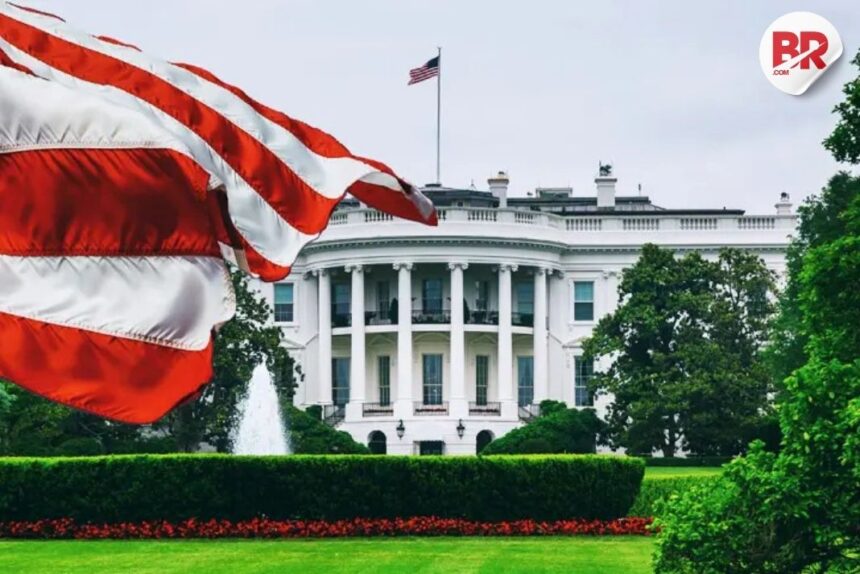Investment Strategies for a Tariff-Driven Market
In today’s market, tariffs have become a common tool for trade wars, especially under the influence of political figures like Donald Trump. If you’re an investor, the mention of tariffs may send a jolt of anxiety through your system. But instead of fearing these economic storms, it’s time to develop smart investment strategies that can help you navigate the turbulence.
Understanding Tariffs and Their Market Impact
Before diving into the strategies, it’s essential to understand how tariffs affect the market. Essentially, a tariff is a tax on imported goods. While these taxes aim to boost domestic production, the broader effects can often create chaos. For example, tariffs increase the price of imported goods, which can lead to inflation. They also disrupt global supply chains, as businesses struggle to find affordable components. Lastly, tariffs can provoke retaliatory measures from other countries, escalating into full-blown trade wars.
As an investor, these tariff-induced factors can contribute to market volatility, where stock prices fluctuate unpredictably. This is where solid investment strategies come into play.
Also Read: ‘Big Change Is Coming’: Trump Signals Iran Policy Shift, Global Powers on Edge
Defensive Investment Strategies for Tariff Turbulence
When tariffs raise the stakes in the market, a defensive approach can help stabilize your portfolio. A defensive strategy is all about choosing investments that tend to be less affected by market fluctuations, especially during uncertain times like these.
1. Diversification is Key
A well-diversified portfolio is your best defense against tariff-induced volatility. Don’t put all your money in one sector or region. Instead, spread your investments across different industries, countries, and asset classes. This way, if one market takes a hit, you have other investments that may perform well.
2. Go for Gold (and Other Safe Havens)
Gold has long been considered a “safe haven” asset. When the market is volatile, investors often flock to gold, driving its price up. Similarly, government bonds from stable countries like the U.S. or Switzerland, along with currencies like the Swiss Franc, can be reliable places to park your money during uncertain times.
3. Focus on Defensive Sectors
Certain sectors remain steady regardless of economic downturns. For example, consumer staples (like food and household products) and utilities (electricity, water) are always in demand. Healthcare also tends to hold strong, as people need medical services no matter what. Investing in these defensive sectors can help buffer your portfolio from market swings.
4. Consider Cash Reserves
Holding more cash in your portfolio might seem counterintuitive, but it provides you with flexibility. Having cash reserves means you can jump on opportunities when they arise, whether it’s a market dip or a sector that benefits from the tariff scenario.
Also Read: Asian Stocks Surge, But Trump’s Tech Tariff Pause Could Just Be a Temporary Fix
Finding Opportunities in Specific Sectors
While tariffs can cause challenges, they also create opportunities in certain sectors. If you’re investing in India, here are some areas that could see growth despite the global tariff situation:
1. PSU Banks in India
The Indian government’s focus on banking reforms could provide a boost to Public Sector Undertaking (PSU) banks. If the government’s initiatives succeed, these banks may see improved performance, making them an attractive investment.
2. Power Sector Growth
India’s growing demand for energy and its shift toward renewable sources create investment potential in the power sector. Companies involved in energy production, especially clean energy, stand to benefit from government policies supporting sustainability.
3. Housing Finance
With a booming population and increasing demand for affordable housing, housing finance companies are poised for growth. The Indian government’s focus on affordable housing only strengthens the investment appeal in this sector.
4. Defense and Railways
The Indian government’s emphasis on strengthening defense capabilities and modernizing railway infrastructure presents long-term opportunities. Companies working in defense and railways are likely to benefit from these strategic investments.
Staying Informed and Agile
To effectively manage investments in a tariff-impacted market, staying informed is key. Regularly monitor trade negotiations, economic reports, and market updates. Be prepared to adjust your portfolio as new developments unfold.
Remember, the best investment strategies require patience and adaptability. Tariffs and trade wars can cause short-term disruptions, but with a long-term mindset, you can ride out the storms and continue growing your portfolio.
Also Read: Turn a Recession into Your Big Break: Smart Moves to Thrive in Tough Times




